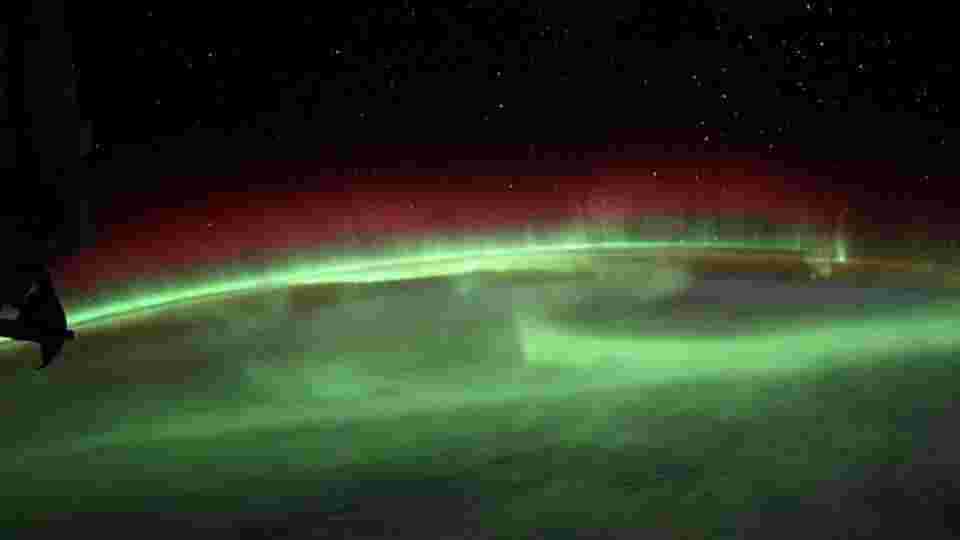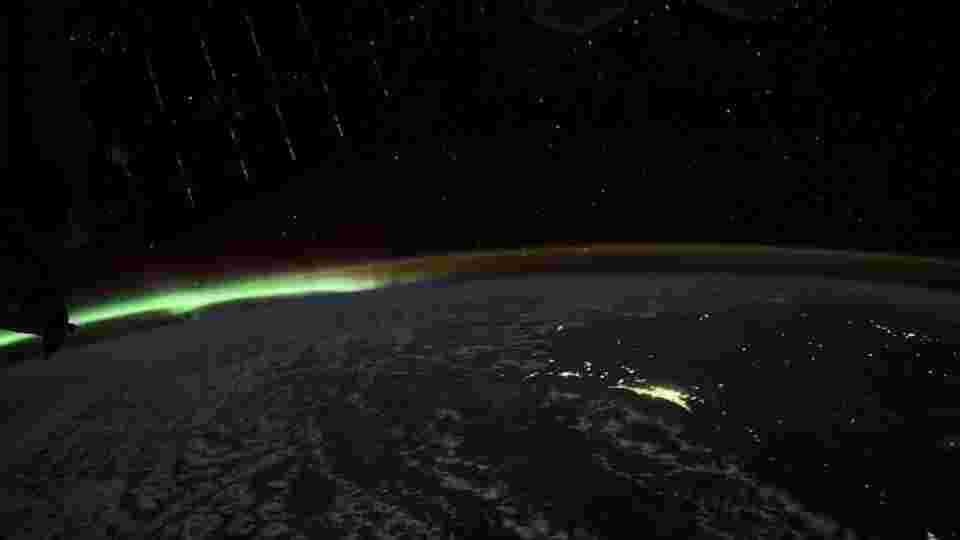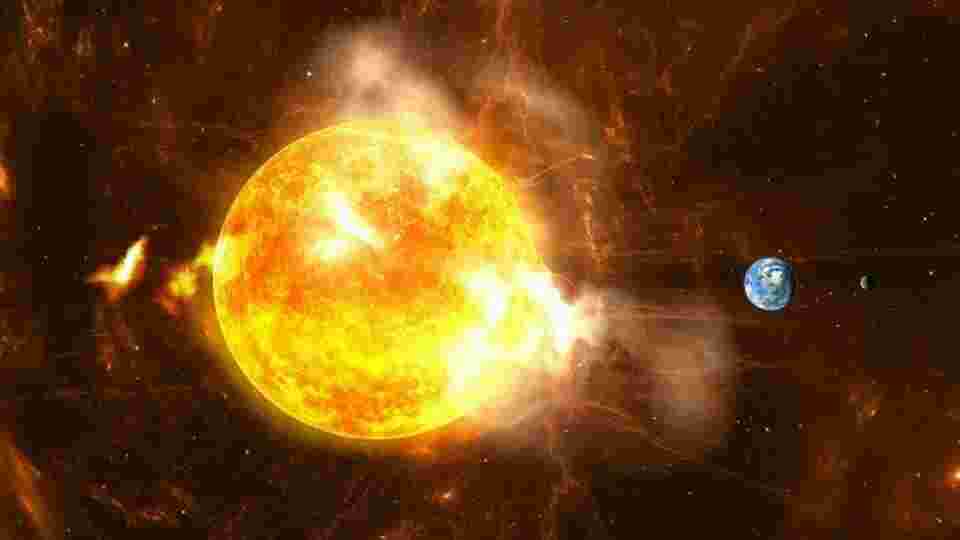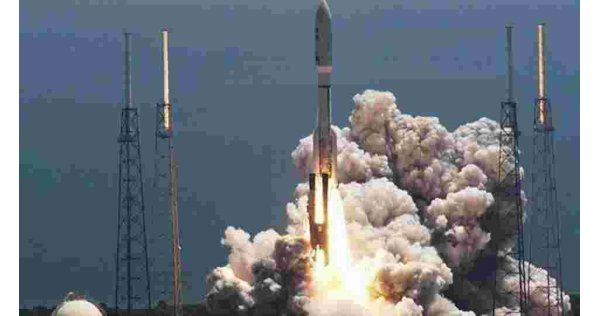American Space and Aeronautics Administration (NASA) astronaut Bob Hines photographed what happened after an expected solar storm reached Earth.

Images from the International Space Station (ISS) attracted great attention.
An astronaut on the International Space Station (ISS) took impressive photos of the Northern Lights.
American Space and Aeronautics Administration (NASA) astronaut Bob Hines, who came to the ISS as part of the SpaceX Crew-4 mission, said the lights were formed after a storm that triggered geomagnetic storms.
Sharing on his Twitter account, Hines said, \An absolutely magnificent aurora was formed today.
We are grateful for the recent solar activity that resulted in these wonderful sights!
However, Hines took the photos from Cupola, an observatory with seven windows that offers the best spot to view Earth from space.
Aurora is called the colored radiations observed at and around the poles as a result of magnetic storms reaching Earth on the Sun.
Also known as the Northern Lights, this can be witnessed in the northern regions of Alaska, Canada, Iceland, Greenland, Norway, Sweden and Finland.
In the other half of the world, it is possible to observe auroras in places like Tasmania and New Zealand.
On the other hand, the US-based National Oceanic and Atmospheric Administration (NOAA), which provides weather forecasts and natural events forecasts, warned a few days ago that explosions on the Sun would hit the Earth.

SCIENTISTS WARN: SOLAR STORMS WILL HIT THE EARTH
The statement from NOAA stated that some changes will occur in the Earth's magnetic field due to these storms.
It was pointed out that geomagnetic storms have the potential to adversely affect communications, power grid, navigation, radio and satellite operations by affecting the infrastructure in near-Earth orbit and on the surface.



